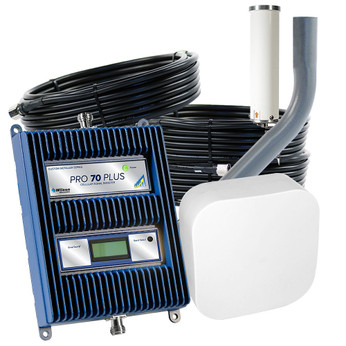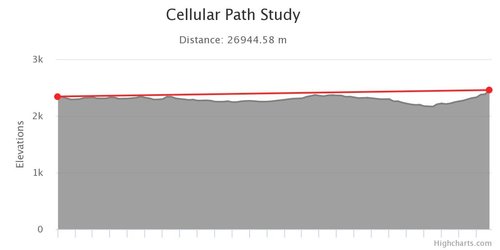Wildabeest
Well-known member
Just wondering if folks on here have much experience with cell phone boosters and whether they are worth the investment. Specifically, I’m looking at a home system, not a mobile system. I recently purchased a cabin in WY. It’s about 20 miles from the nearest cell tower. Not 100% line of sight to it, but the tower is about 200’ higher and there’s no major peaks in between. Most of the time, I have no signal at all, but occasionally I’ll get one bar and be able to send/receive some txt messages. My hope is that an external booster antennae would pick or more of a signal, and then the booster could amplify it and, at a minimum, get me still weak but more consistent signal. Would be awesome it could get me 3-4 bars and a 3G or LTE signal, but that may be too optimistic.
I’ve done some research and the WeBoost Home Multi-room seems to be one of the better rated ones. At $500, though, I’d like to get a little more certain that it’s actually going to work. I’m confident that it can adequately boost a signal if it can get one, I’m just not sure how much better the external antennae mounted on the roof of my cabin will perform in obtaining a signal given that it’s so weak with my phone.
Any advice appreciated!
I’ve done some research and the WeBoost Home Multi-room seems to be one of the better rated ones. At $500, though, I’d like to get a little more certain that it’s actually going to work. I’m confident that it can adequately boost a signal if it can get one, I’m just not sure how much better the external antennae mounted on the roof of my cabin will perform in obtaining a signal given that it’s so weak with my phone.
Any advice appreciated!








